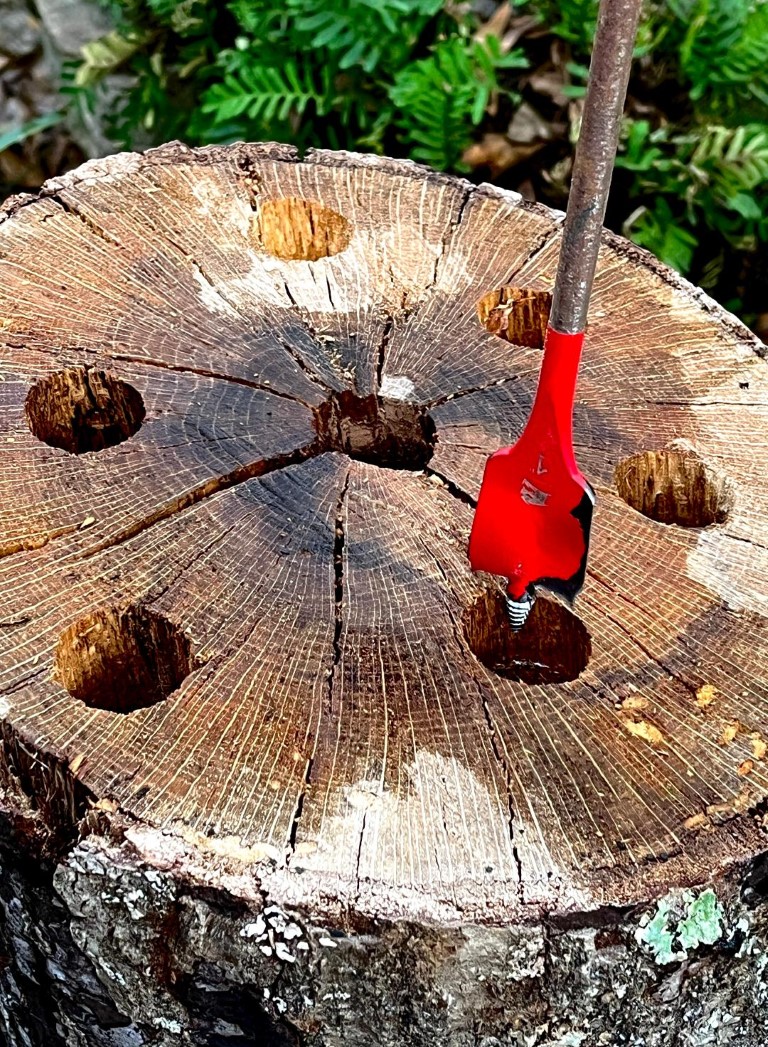Robert St. John column
Published 12:00 am Friday, July 8, 2011

There is a huge difference between an all-vegetable lunch and a vegetarian lunch.
I grew up eating all-vegetable lunches. In the summer, my mother and both grandmothers would devote, at least, one lunch a week to nothing but fresh vegetables and cornbread.
I spent a year of my life one month eating a vegetarian diet. It is a world away from eating vegetables in the manner in which I prepare them.
Trending
Save the emails. This is not going to be an anti-vegetarian column. I respect those who make the decision to eat that way. Some of my best friends are vegetarian. I file them under the they-just-don’t-know-what-they’re-missing category.
Vegetarians beware: If you’re eating an all-vegetable lunch in my home, there is probably pork stock involved. Peas and butterbeans benefit greatly from pork stock. Vegans and vegetarians cringe when they hear the term, “pork stock.”
The typical summer all-vegetable lunch at my home includes pink-eye purple-hull peas, new potatoes, butter beans, creamed sweet corn, sliced tomatoes, pickled cucumbers, turnip greens, lady peas, and cornbread. Fresh peaches, in some form, always make their way into the final dessert offering.
As a child, the women in my family prepared peas or beans in the typical Southern fashion by dropping a half of a slice of bacon into the saucepot along with water. They didn’t know it, but they were making a poor-man’s pork stock.
When I started cooking vegetables at home, I applied restaurant principles and added one step to the mix by preparing a stock made from smoked ham hocks. Sure, it’s an extra step, but makes a huge difference in the outcome.
There’s nothing to making a pork stock— take a few ham hocks, cover them with cold water, add sliced onion, carrot, and celery, and simmer for four hours.
Trending
The key to the flavor is in the simmer. One should never see anything more than a few bubbles popping to the surface of the stock. The key to the appearance is in the skimming. One should take time and skim the surface as foam collects.
Once the stock is strained and quickly cooled it can be stored for a few days in the refrigerator, or frozen in small batches and pulled from the freezer when needed. Fat is easily removed from the stock once it’s cooled.
The foundation to great cooking is mastering stocks. A clear chicken stock and a rich veal stock take a certain amount of skill. My 10-year old could make a restaurant-quality pork stock on his first try.
Pork stock is great for vegetables, but it’s even better as a base in soups. I developed a White Bean Soup for one of our restaurants a few weeks ago, and automatically deemed it one of the best soups I have ever created. The key—pork stock.
If you want to serve the best red beans and rice in your neighborhood, use pork stock instead of water the next time you’ve got a free Monday.
I will agree that the vegetarian lunch is better for one’s health. But you will have to concede that an all-vegetable lunch, prepared my way, tastes better. Seriously, much better. No question. End of story.
Robert St. John is a restaurateur, author and self-described “world-class eater.” His seventh book is “Dispatches from My South.” Contact him at robert@robertstjohn.com.





